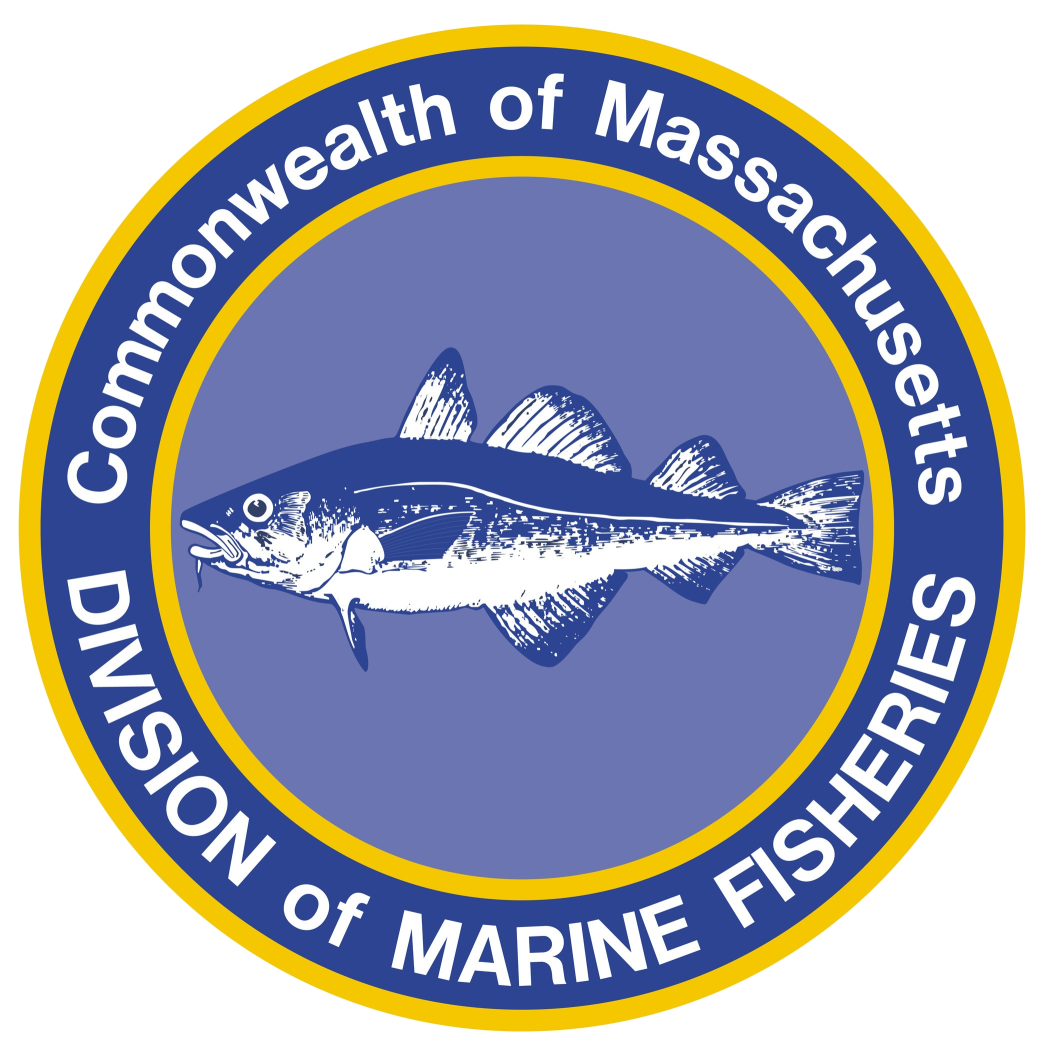- Division of Marine Fisheries
The Division of Marine Fisheries has been responsible for managing diadromous fish passage and populations in Massachusetts coastal rivers for nearly 90 years. These are the migratory fish that switch between marine and freshwater habitats to complete their life history. Most diadromous fish populations have declined sharply from historical periods when valuable fisheries were supported. Presently, modest fisheries occur for a few diadromous fish species and collectively these fish remain important forage for a wide range of fish and wildlife. The Diadromous Fish Project actively monitors river herring, American shad, American eel, and rainbow smelt spawning runs in coastal rivers; and provides technical support for the management of these populations. The Project also includes the DMF Fishway Crew which was established in 1934 to support Towns and private properties to maintain fish passageways.
Spring Recap. The decline in river herring spawning run counts seen from 2019 to 2020 continued in 2021. Of the more than 40 herring runs in Massachusetts with count data, very few had higher counts in 2021 than the previous two years. The Nemasket River declined modestly from 811,000 fish to 739,000 fish, reclaiming its position as the largest herring run among rivers with counts. The Nemasket River has had the highest counts among all counting stations over the last 20 years with the exceptions of the Mystic River, Medford, in 2017 and Herring River, Harwich, from 2018–2020. The fewer returning adult herring in 2021? was not unexpected given possible impacts on juvenile herring recruitment due to near drought condition in 2016–2017. Much anticipation awaits the returning wave of fish next spring, as three consecutive years of declining spawning run counts would trigger substantial concerns.
Fishway Work. This year was perhaps the slowest year for construction projects by the DMF Fishway Crew in over a decade. The season began with low flows throughout coastal Massachusetts and drought conditions on Cape Cod. This changed in a hurry as the Boston region set records for the most rainfall during July–September. Coastal rivers in this region with streamflow gauge stations routinely ran at least 2–3 times their daily median flows with common spikes to set daily records in the stations’ time series. Most planned large cooperative and small Fishway Crew jobs in 2021 were in this zone of high rainfall and had to be postponed. Further, the impact of the COVID pandemic continued to bring inefficiencies into project preparations and material purchasing. Despite preparing for several jobs, only a single project was completed in the summer of 2021 the reconstruction of the fishway entrance box at Tom Matthews Pond in Yarmouth. With time on our hands, the Crew enhanced efforts with stream maintenance in 2021 and launched the update of the coastwide diadromous fish survey.
Diadromous Fish Survey. DMF began a survey of diadromous fish passage in Massachusetts coastal rivers in the summer of 2021. This effort is a continuation of sea-run fish surveys first conducted by DMF’s precursor, the Division of Fisheries and Game, and reported in Dr. David L. Belding’s seminal report, “Alewife Fisheries of Massachusetts” in 1921. The survey was next conducted in 1967 by DMF and repeated in 2001–2002. These surveys focused on fishways in river herring runs and dams that obstructed passage. The surveys have been invaluable for documenting the status of sea-run fish in coastal rivers and making recommendations on improvements. Many changes have occurred since the last survey with the advent of dam removal as a restoration tool, wider participation in the restoration community, increased federal funding sources, and greater appreciation for diadromous species beyond river herring. The survey update will be conducted during 2021–2022 and will broaden the focus to include additional types of fishways and more information on migratory habitats and other species. Further, the survey will be directly integrated with DMF’s Diadromous Fish Restoration Priority List and the Diadromous Fish GIS datalayer that was developed by DMF and MA Dept. of Transportation and now managed as an MassGIS datalayer. The integrated survey, priority list, and GIS datalayer should become valuable tools for restoration, resiliency, and transportation planning at local, State, and Federal levels. To date, nearly all locations in the Cape Cod and Southeastern MA regions have been assessed by the survey.
Stream Maintenance. Stream maintenance has been practiced in Massachusetts herring runs for centuries to maintain open passage for these inspired spawning migrations. This topic was described in detail in the 2020 fall edition of DMF News. This summer and fall, the Fishway Crew worked in 10 coastal river systems with large efforts in the Jones River, Kingston, and the Fore River, Braintree, in anticipation of long-developing, cooperative restoration efforts in those watersheds. Focused efforts were also made in the Acushnet River, Acushnet; Island Creek Pond, Duxbury; and Mill Creek, Yarmouth following the identification of significant debris jams and wetland shrub overgrown during DMF’s river herring spawning and nursery habitat assessments in those watersheds. DMF is working with MassDEP to develop a policy to clarify how this essential service can be accomplished under contemporary Wetland Protection Act processes.
By Brad Chase, Diadromous Fisheries Project Leader
